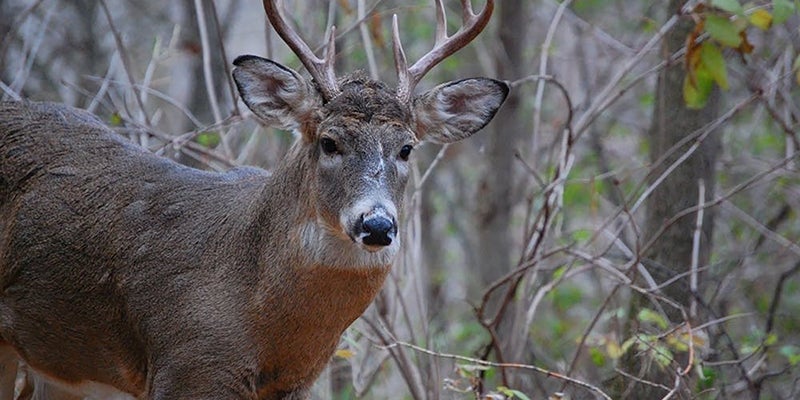DNR reports hunters took fewer deer during 2023 season
Published 8:31 am Monday, March 11, 2024

- Deer harvest numbers were down 8 percent throughout Minnesota in 2023.MPR News file photo
|
Getting your Trinity Audio player ready...
|
By Mathew Holding Eagle III
The Minnesota Department of Natural Resources reports deer harvest numbers were down 8 percent throughout the state in 2023 compared to the previous season. They were also 14 percent less than the five-year average.
Geographically the greatest decrease was in the northeast region where numbers dipped 21 percent. In the northwest they dropped 8 percent, 4 percent in the southern region and 3 percent in both the central and southeast.
DNR big game program coordinator Todd Froberg said habitat conditions, severe winters and wolf predation in the North all contribute to the decline.
“We cannot point just to wolves, but we do have robust predator populations. Those are dynamic, they’re not static, they change. They’re different in localized areas across northern Minnesota, and northern Minnesota is a big area. So, you can’t point to one specific thing but an assembly of things.”
Froberg said other factors including fewer license sales and population management practices also contributed to the drop.
“I don’t think we need to really raise alarm bells on that lower harvest,” Forberg said. “I know that can be tough to swallow for some people, but really, we’re on par with kind of where harvest was after ‘97 or ‘98, those two back-to-back severe winters.”
Froberg said ideally a string of mild winters similar to the one the state just experienced would help bolster the state’s deer population.
He expects bag limits will change little for deer season this fall.
“I would think that they’re going to be fairly similar to those as last year,” Froberg said. “I wouldn’t suspect a huge difference for next year. But if I had a crystal ball, I would say slightly increased harvest.”
According to the report, while rare, chronic wasting disease was detected in 43 hunter harvested deer in 2023. The majority (91 percent) were from the southeast region which it said continues to see persistent CWD infections in wild deer.





